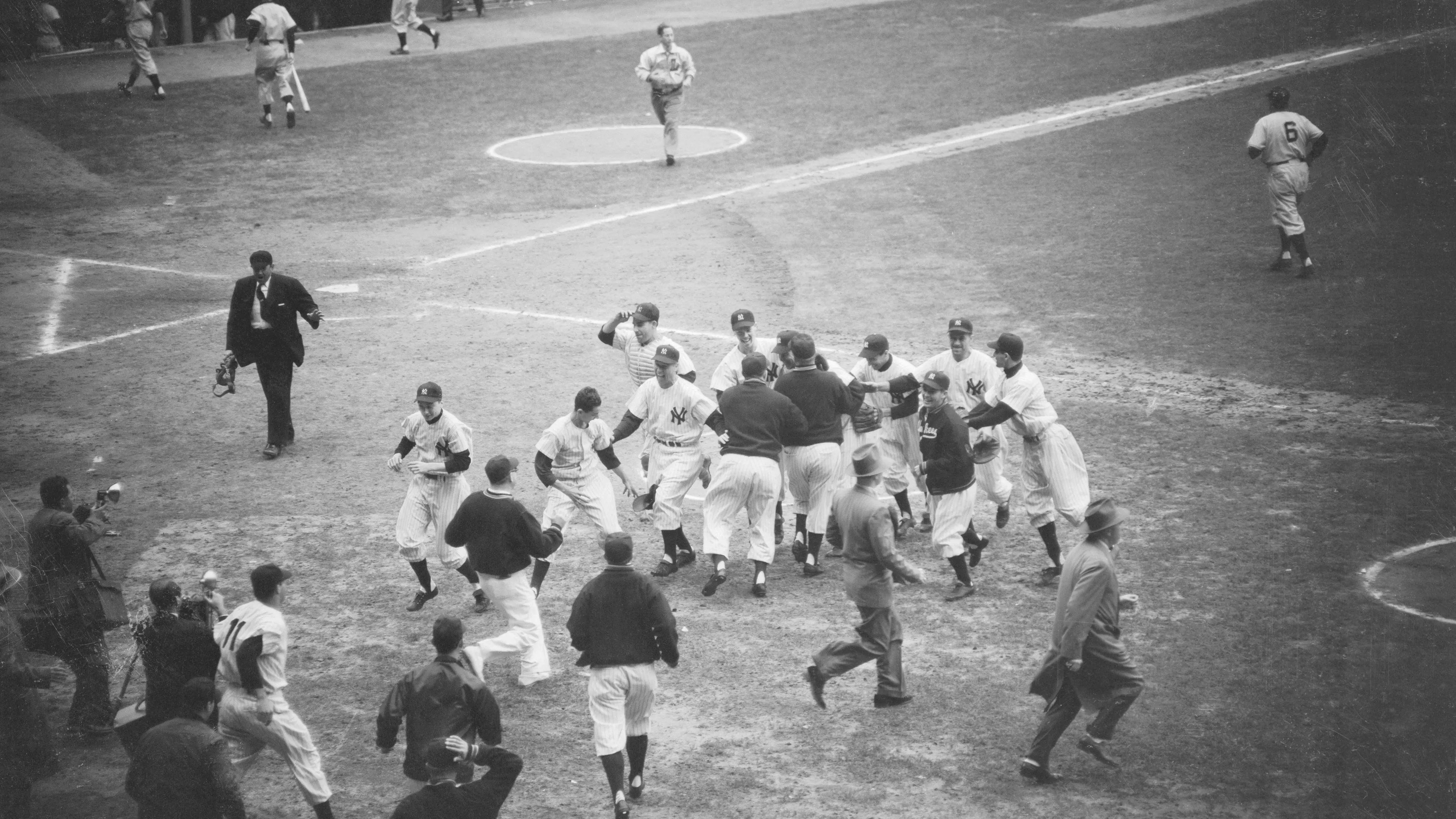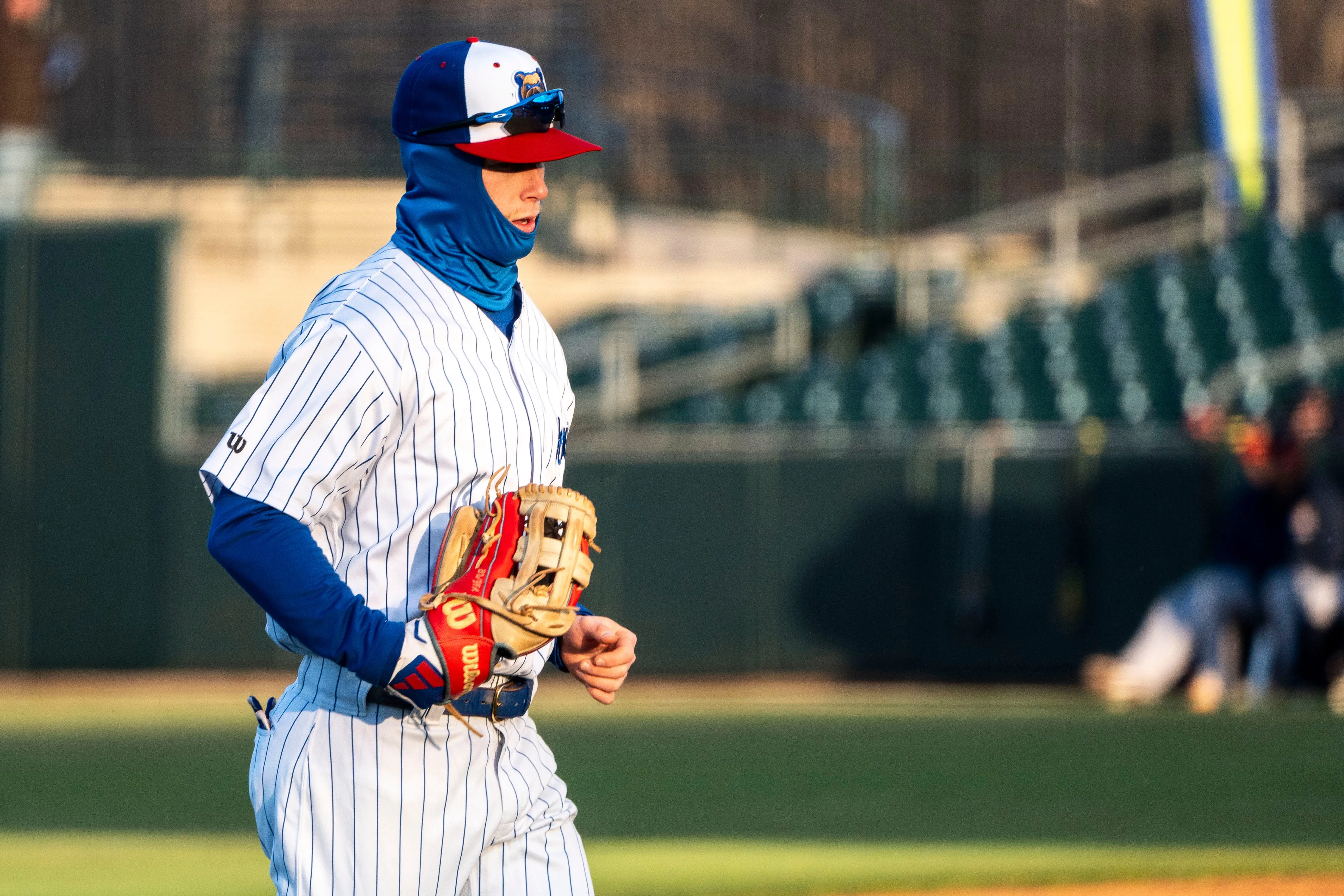During the post-game interview of Game 3 of the NLCS in 2003, I was asked the question that is often asked when a player has a special moment on the big stage.
“Was this the biggest hit of your career?”
The 2019 Cubs are down to crunch time. Every pitch, every relay throw, every call to bullpen gets more consequential every day. The cliché of taking one game at a time carries more weight, even when you are peeking at what the other teams in the race are doing.
In 2003, we were watching the Astros and the Cardinals, like our brothers were playing on those teams. This season, it is the Cardinals and the Brewers.
Even though it is natural to look ahead or even over your shoulder, a player’s arrival to these moments is the sum of the moments from the past.
Nothing brought that into focus more than my journey to the 2003 postseason by way of the Texas Rangers.
When I was traded to the Cubs by the Rangers in 2003, it was at the end of July. Before that, I was playing in the American League for the first time, head buried in figuring out new stadiums and opponents in the AL West and light years away from knowing what was going on in the NL Central.
MLB
By the time I was traded, the Rangers were dead in the water, even with a lineup that was loaded with great bats. I spent a good chunk of the first half recovering from a torn hamstring, the first serious injury of my big league career. Wrigley might as well have been on Mars.
The cliché of taking one day at a time gets reinforced when you are working on an underwater treadmill hoping your hamstring will be the same as it was before the injury. One day at a time becomes one minute at a time, and life slows down. Even as you are counting down the minutes left on that treadmill, at 32 years old and fully dependent on a game based on speed, you are wondering if this countdown is actually a timer on your career.
I had already tried to choose a different path than the linear one I was offered during free agency the previous offseason. The straight-line choice would have kept me in Philadelphia. The safe choice where I had been for five years already. I lived there, I went to college there, my Mom lived less than two hours away. They even offered a better contract. But I left in the spirit of betting on myself because the Marlon Byrd Era had started in Philly, and the Doug Glanville Era was coming to a close, at least the one that made me a starting centerfielder.
I was determined to sign with a team that would see me as a starter even as I was approaching my 33rd birthday. That was what Texas represented. I could bounce back from a tough year and play for many more years. That was the plan. A torn hammy was not in the plan.
When I finally returned to the Rangers lineup, I was coming off my first minor league rehab assignment, battling Double-A and Triple-A pitchers with a limp. Within six weeks of finally getting healthy and back to my best baseball, I was traded to the Cubs.
When I arrived, the Cubs were a .500 team. No guarantee of postseason glory was offered. But we scrapped and battled to a division title and my first (and only) postseason appearance. My one at bat in the NLCS came after Dusty Baker asked me if I could play infield after we clinched the NL Central, correcting my negative answer to help me understand that being the emergency infielder was the only way I could make the playoff roster. Since I hadn’t played infield since I was 11, I wondered… How did I get here?
The big hit finally came on that big stage against the Marlins, in the form of a triple. It makes sense that it was the biggest hit in my career in terms of audience, but then I remembered all of the steps along the way.
I had to leave Philadelphia to arrive. I had to be far from the game during my rehab program to get close. I had to limp through hamstring exercises before I could run again. I had to learn to exist without my father who had passed away the last game of the previous season to be my own man. Just getting in the batter’s box seemed miraculous.
When I signed with Texas, there was no reason for me to think I would end up in Chicago in a batter’s box that I had stood in tens of times as a member of the Phillies. But here I stood.
Today, in my line of work as an baseball Insider, we are often required to make predictions, to weigh the information in front of us and make our best guess as to what will happen. A ballplayer knows the impossibility of such forecasting because of experiences like mine that tells us how little control we have in what comes next. We can do our best to be prepared and ready for opportunity.
A team is often the sum of these personal journeys. Nico Hoerner was drafted barely over a year ago, fresh off of a college experience, trying to adjust to life as a professional and then suddenly, he was in Wrigley Field, 22 years old and a key part of the Cubs chances. Javy Baez had to get hurt, Russell had to get hit in the head, the front office had to do their scouting. All of it mattered to the realm of Hoerner’s opportunity. And now, he could be a difference maker. Ask him if he expected that on draft day.
When Andrew Benintendi, the Red Sox first round pick in 2015, was called up in a similar fashion in 2016, I talked him before batting practice at Fenway Park. I asked him, “Did you think you would be here so quickly?”
He looked at me in the middle of a stretch and just shook his head with this look on his face that said “not a chance.” He was good enough talent-wise, but there is nothing like actually being in the reality of the dream. It still surprises, yet now he is a world champion.
The Cubs are here as the sum of all of their stories. Ben Zobrist had to return, Yu Darvish had to find his best game and get healthy, Nicholas Castellanos had to be the best version of his game, Jason Heyward had to struggle in the leadoff role to thrive lower in the lineup. It all mattered.
In this roller coaster season for the 2019 Cubs, we saw a team with high expectations. A talented team that had one goal. A world championship. By this standard, they declared that they had underachieved last year even after winning 95 games.
In a blink of an eye, a division that the Cubs were struggling to hold on to, looked lost as the Cardinals got hot in August. But all of a sudden it is in reach again. It was not the path planned, but it still has a path to where they want to go. Unscripted, improvisational, and in the final stretch.
And somewhere in these final two weeks, a Cubs player may be asked the same question.
“Was that the biggest hit of your career?”
And I would like to offer this answer.
Yes, because I am here now and that was never guaranteed.
Enjoy the ride and don’t forget to look out the window.


